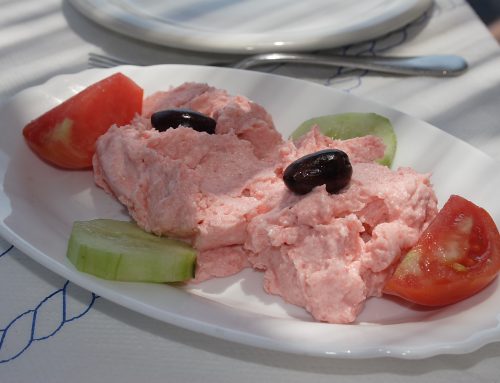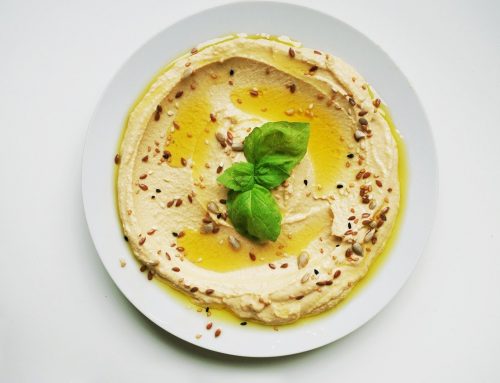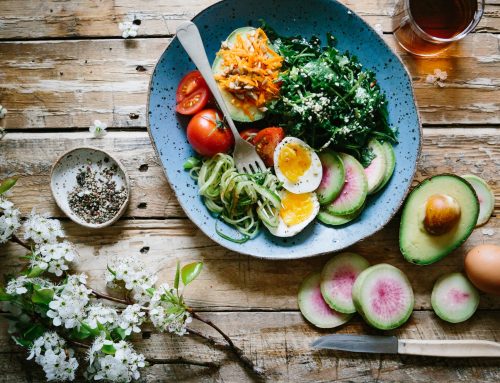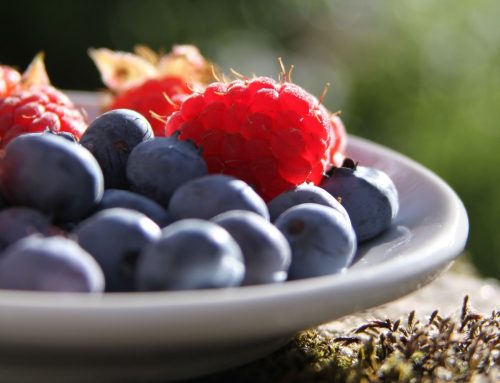Our philosophy
We believe that a varied, balanced diet featuring whole, unprocessed foods is the key to good health. Everyone’s needs are different, so we provide the information and recipes to help you create healthy habits. Our experts stay up to date on new research and emerging trends to bring you the latest and most relevant health advice.
Our recipes are labelled healthy if they meet all of the following criteria per serving:
Saturated fat: No more than 5g
Sugar: No more than 15g
Salt: No more than 1.5g
Our healthy recipes are also checked to ensure they have low-to-medium levels of fat, saturated fat, sugar and salt per 100g. If the recipe was a packaged product, it would carry a green or amber colour coding.
Please note: Ingredients listed as serving suggestions are not included in the nutritional analysis.
Giving the info you need
At the top of our recipes on the website (the bottom in the magazine), we list the number of kcals, fat, saturates, carbs, total sugars, fibre, protein and salt per serving. We also highlight ‘good to know’ information when a recipe is healthy, vegetarian, vegan, low-fat, low-cal, gluten-free, high in fibre or a source of omega-3. We note how many portions of fruit and veg are in a serving, and when the recipe contains more than a third of your daily recommended amount of key nutrients (calcium, folate, vitamin C and iron). If you’re looking for a particular nutrient, you can pop it in as a search term on the website and a list of recipes that are rich in that nutrient will appear.
A note on fat
Fat is an essential part of a balanced diet. However, it’s advisable to cut down on saturated fats and trans fats, replacing these with healthier unsaturated varieties like rapeseed and olive oil, plus healthy food sources like avocado, nuts and seeds. Fat helps us to absorb key vitamins, and omega-3 fats – found in oily fish – are essential in small amounts because we can’t produce them in our bodies.
What about sugar?
We list total sugars, which includes sugars occurring naturally in foods (like lactose in milk), as well as those added to a recipe, such as refined table sugar and honey. It is these added sugars, known as ‘free’ sugars, that we are advised to cut back on.
Daily guidelines
Your doctor or health professional may have given you a calorie and nutrient goal. You could also compare the per-serving amounts on recipes with the Reference Intakes (RI) – the official amount an average adult should consume daily.
Energy 2,000 kcals
Protein 50g
Carbohydrates 260g
Sugar 90g
Fat 70g
Saturates 20g
Salt 6g
Please note: RIs for total fat, saturates, sugar and salt are maximum daily amounts.
5-a-day
We highlight the portions of fruit and vegetables per serving in each recipe to help you hit your 5-a-day.
Get back on track
There are times when we all want a helping hand to kick-start healthy habits. We’ve created a series of healthy diet plans.
Low-calorie recipes
We highlight low-cal recipes throughout the magazine and our site.
Starter, snack, drink or dessert = 150 kcals or less
Breakfasts = 250 kcals or less
Complete main meal with sides = 500 kcals or less
All health content on bbcgoodfood.com is provided for general information only and should not be treated as a substitute for the medical advice of your own doctor or any other health care professional. if you have any concerns about your general health you should contact your local health care provider.
Source: BBC Good Food





